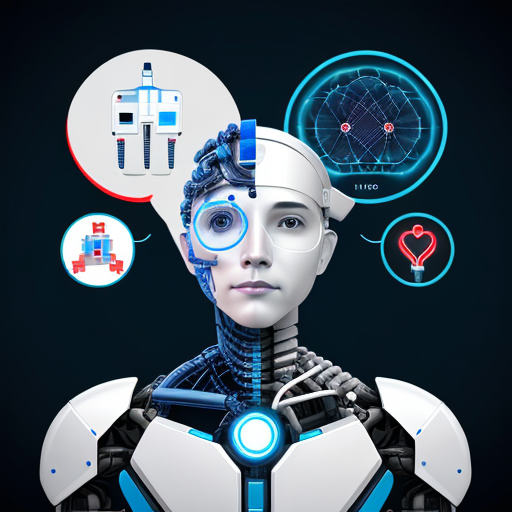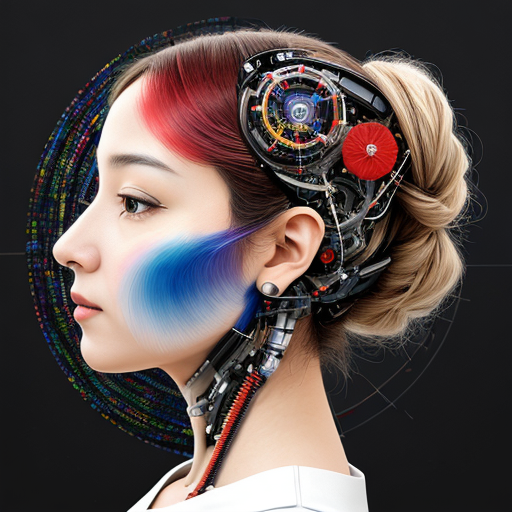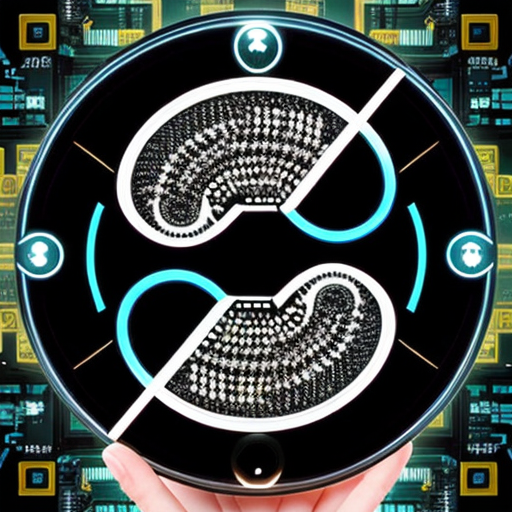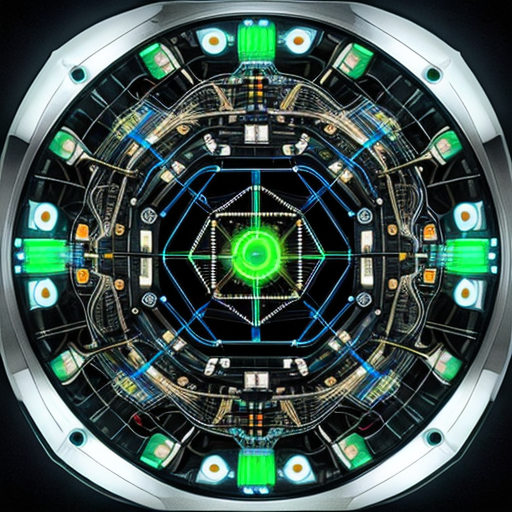Table of Contents
Introduction
Artificial Intelligence (AI) has come a long way in recent decades, and one of the most exciting developments on the horizon is Generative AI, often referred to as Generative AI. This technology, which was once a staple of science fiction, is now becoming a reality. In this article, we will explore the workings of Generative AI, its capabilities, significance, and potential implications for our future.

What is Regenerative AI?
Regenerative AI, also known as Generative AI, is a groundbreaking technology reshaping the landscape of artificial intelligence. Unlike traditional AI systems that rely on predefined rules and patterns, Regenerative AI possesses the remarkable ability to create novel content and solutions based on existing data. Essentially, it mimics the cognitive processes of the human brain, employing advanced algorithms to learn from vast datasets and generate fresh content. This can encompass anything from textual content and images to intricate designs and entire narratives.
The versatility of Generative AI extends across numerous industries. In the creative realm, it can assist artists and designers in generating unique and innovative ideas. Furthermore, it plays a crucial role in scientific research by aiding in data analysis and hypothesis generation.

One of its primary advantages lies in its capacity to accelerate innovation. Rather than solely relying on human creativity and labor, Regenerative AI acts as a powerful tool that enhances human capabilities, opening up new realms of possibility and driving unprecedented innovation.
However, as with any emerging technology, Regenerative AI brings its own set of challenges and ethical considerations. Questions surrounding ownership of generated content and the potential for misuse need to be carefully navigated, ensuring that its development and application align with ethical principles.

The Problem with Traditional AI
While traditional AI has made significant strides, it is not without limitations. Traditional AI systems operate within predefined boundaries, lacking the ability to generate original content or adapt to new scenarios without manual intervention. Human experts must laboriously define the rules and patterns guiding these systems, limiting their potential and consuming considerable time and resources.
Traditional AI’s struggle to grasp context, especially within the intricacies of human language, leads to misinterpretations and potentially flawed decisions. Frequent updates and modifications are also required to keep pace with evolving trends and datasets, rendering them inefficient and costly.

How Generative AI Works
Regenerative AI is built on advanced algorithms mirroring human information processing. It operates through three fundamental steps:
- Data Analysis: The AI system is fed extensive datasets from various sources, including text, images, videos, and more. It meticulously analyzes these datasets, extracting patterns, relationships, and context.
- Learning and Training: Post-analysis, the AI system embarks on a learning journey. It comprehends the identified patterns and relationships within the data, gaining insights and knowledge. This learning process is ongoing and refines its understanding over time.
- Content Generation: Equipped with newfound knowledge, Regenerative AI can generate diverse content—text, images, designs, stories—that often resembles human-created content. The system applies its understanding of patterns and relationships to create unique output.

Real-Life Examples of Regenerative AI in Action
Regenerative AI isn’t confined to theory; it’s actively transforming various industries. In the creative sector, artists and designers employ it to enhance their creative processes. For instance, Adobe’s Project VoCo enables seamless audio editing by analyzing voice data and recreating speakers’ voices.
In healthcare, Regenerative AI analyzes medical data, contributing to more accurate diagnoses. Google’s DeepMind, for example, detects diabetic retinopathy from retinal scans, promising improved healthcare outcomes.
The financial sector employs Regenerative AI to detect fraudulent activities and enhance risk management through real-time data analysis.
The Benefits and Potential Risks of Regenerative AI
Regenerative AI holds immense potential for innovation and creativity. It can accelerate problem-solving, benefiting industries like the creative arts and scientific research. However, ethical concerns related to content ownership and misuse need careful consideration to ensure responsible development and deployment.
The Future of Regenerative AI and its Impact on Society
The future of Regenerative AI is promising, with potential breakthroughs in creativity and scientific advancements. Society must navigate ethical complexities, fostering a future where Regenerative AI contributes to positive progress while safeguarding against unintended consequences.
Sources
- Google – Supercharging Search with generative AI
- McKinsey – What is ChatGPT, DALL-E, and generative AI?
- TechTarget – What is Generative AI? Everything You Need to Know
- Harvard Business Review – How Generative AI Is Changing Creative Work
- YouTube – Generative AI Is About To Reset Everything
